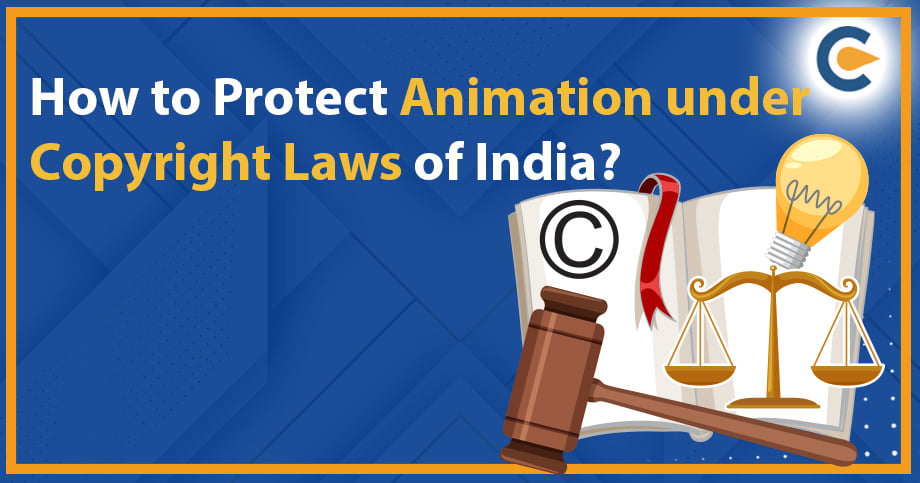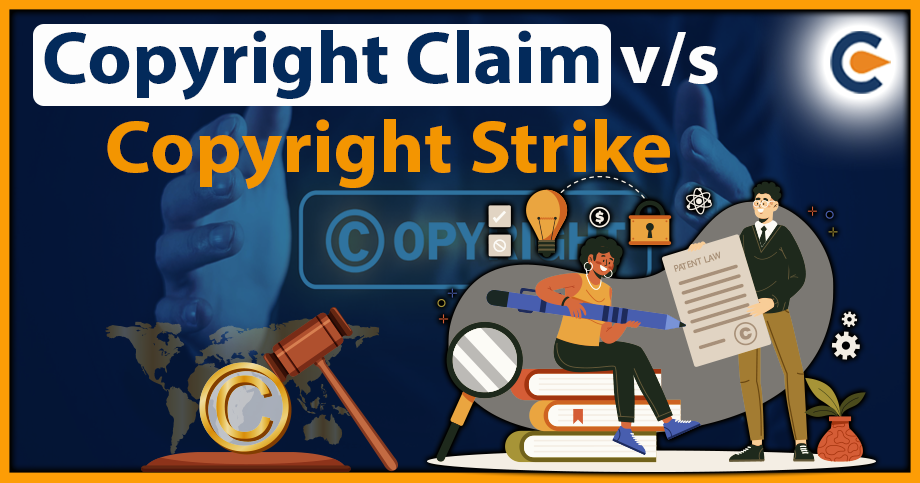Copyright is a way of protection offered by the Indian government to authors and owners of original works of authorship from the moment the works are created & expressed in a tangible form.
Copyright applies to various works, including literary, dramatic, musical, artistic, sound recording, and cinematograph films. Animation under Copyright Laws is governed by the Copyright Act,1957[1]
Copyright regulations in India
In India, Animation under Copyright Laws is governed by the Copyright Act 1957, as amended in 2012, and the Copyright Rules 2013, as amended subsequently. India is a member of the Universal Copyright Convention and the Berne Conventions. The Government of India issued the International Copyright Order 1999. As per the order, any work first published in a country that is a member of any of the conventions mentioned above receives the same treatment as if it had been first published in India. According to the statute, the registration of Animation under Copyright Laws is the primary evidence of the Particulars entered in the Register of Copyright. Documents that are copies of any entries therein, or extracts from they’re certified by the Registrar of Copyrights & sealed at the Copyright Office, shall be admissible as evidence in all courts without the need for additional proof or production of the original. Certain exclusive rights are granted to the Copyright holder, allowing them to perform or refrain from performing certain acts about copyright works. These rights are broadly divided into moral rights (relating to the protection of the author’s personality and the integrity of the work, among other things) and economic rights (those rights which help the author to exploit his creation commercially)
Protection of Animation in India
The growth and market value of Animation under Copyright Laws in India have increased dramatically over the past decade. This growth requires protection; legal awareness and knowledge of how to exploit intellectual property for maximum profit can be the protection that leads to the structural growth of this industry as a whole.
Copyright is the utmost protection for animated works. Animation under Copyright Laws can be protected concerning the following aspects of an animated work:
- Any animated work would contain a variety of animated (pictorial) content that would be protected by Copyright. In addition, if an artwork is paired with a story, the story will be considered an attached literary work, invoking its Copyright.
- Any animated work adapted into a cinematic film would establish a distinct set of Copyright. Photographs, posters, and film stills are also protected by Copyright.
Character rights and merchandising are later aspects of the creation of animated work. Still, they are one of the essential components for tapping into the untapped market of Animation under Copyright Laws in India. A character right is a copyright over an isolated and derived character from a literary or artistic work. Merchandising uses these character rights for secondary economic promotion and to create and attract attention to a specific character. This paves the way for making the necessary buzz among the target audience for an animated work.
To put this into perspective, the following are the components of an animated film that can be protected by Copyright:
The arts and literature work:
- Script
- Screenplay
- Dialogues
- Sketches
- Characteristics
Cinematographic and Audio recordings:
- Advertisements
- Trailers
- Moving image
- Complete Soundtracks
Ancillary Rights:
- Character
- Character Advertising
- Publishing
- Transmission Rights
Copyright Enrolment of Animation under Copyright Laws
Although animators are not required to register their work to receive copyright protection, artists who take the time to formally register their work enjoy significant benefits. In the case of jobs created in the United States, a cartoon cannot be the subject of a lawsuit for copyright infringement until it has been registered. In addition, you can claim statutory damages and attorney’s fees if you register your work within three months of its publication or before an infringement of Copyright. Unregistered copyright holders may only sue for actual damages and lost profits, which are more difficult to prove. Copyright is the cornerstone of the animation industry in terms of intellectual property protection, along with the source for commercially exploiting the work. The Copyright Act 1957 protects animated works primarily under the following sections:
Section 14: Meaning of Copyright:
This section specifies the scope of copyright protection and its various protections on the protected work. It clearly defines how Copyright can be utilised; for instance, an independent animator can sell and distribute his artwork exclusively and sue anyone who uses it without permission.
Section 17: First owner of Copyright:
This section is relevant to Animation under Copyright Laws because it prescribes the flow of the Copyright’s bundle of rights. The owner of the rights can influence the use of the property. In some instances, the author of the copyrighted work is not the owner.
Sections 18 and 30: Assignment and license of owners of Copyright
These two sections have the most significant bearing on the profitability of Animation under Copyright Laws and encourage the creation of independent work. For example, an independent animator can licence his work to a production company and receive a royalty and payment for its exploitation when it is used in any animated film.
As the animation industry is already legally protected by Copyright, its exploitation requires a deeper understanding of the market.
The success of Indian-produced and -made works cannot be minimised. Although, the filmmaking capabilities of such enterprises have remained the same. This is due to two factors:
- There needs to be a significant demand and a substantial supply of indigenous animated characters or stories in India. Lack of it generates a very low buzz, and profit-generating opportunities are not pursued.
- The key intellectual property developments in production, product/character development, and marketing are deficient and must be addressed.
Conclusion
Copyright is a crucial component of Animation under Copyright Laws. It checks creators’ rights over their literary or artistic works. In reality, it is a collection of rights, including reproduction, public communication, adaptation, and translation of the work. The Copyright Act of 1976 grants authors exclusive rights over their cartoons and other works for the remainder of their lives, plus 70 years.
Read our Article:What type of Works Protected by Copyright in India?











